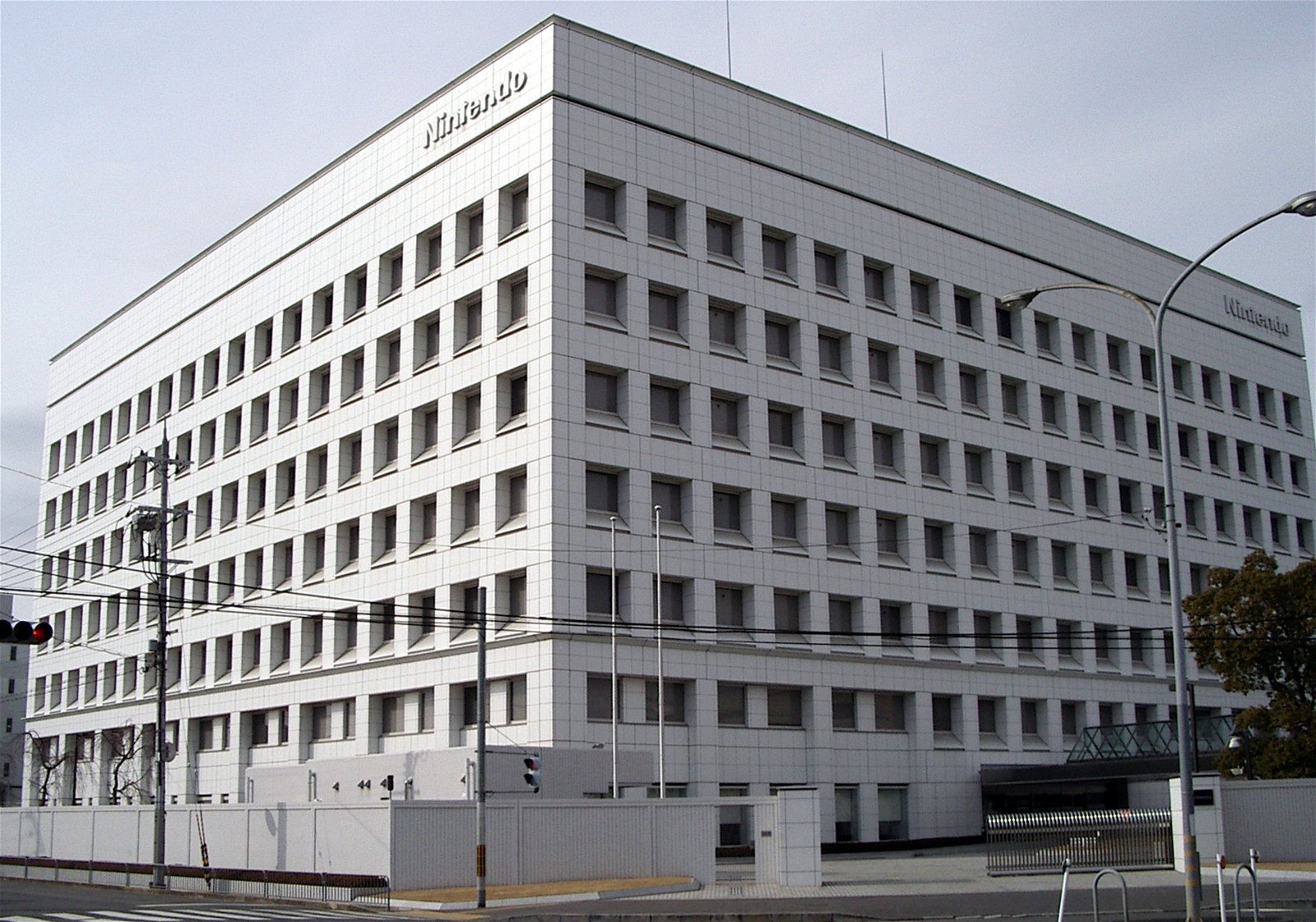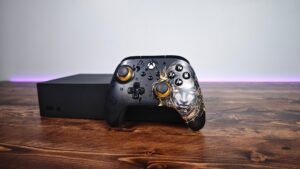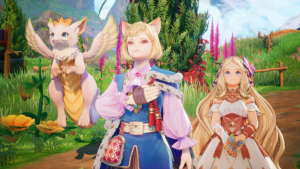Nintendo held its 76th annual general meeting of shareholders on June 29 at their headquarters in Kyoto, Japan. Among the topics discussed were that of the NX, VR, smart apps, Brexit’s effect on Nintendo and much more.
Below you will find a summary of what was discussed. An English transcript is also available on their website. Note that some of the answers have been edited.
Virtual Reality
One of the first questions raised in the meeting was the prospect of Nintendo entering the new generation of VR. Tatsumi Kimishima, President and CEO, said that while he couldn’t mention anything specific at the time, Nintendo considers VR to be a promising technology.
“We are well aware that other companies are developing games and game-related products using VR technologies, and that consumers are interested in all of this,” said Kimishima.
Shigeru Miyamoto, Creative Fellow at Nintendo, mentioned that along with VR, the company is also looking into other technologies such as Augmented Reality.
“We have a range of core technology including 3D, and we are also considering the possibility of implementing these in our own hardware development,” said Miyamoto. “For VR in particular, we are continuing our research, and looking into development with a mind to how our current core products are meant to be played for a relatively long period of time.”
Miyamoto also said that while he was on the floor at E3, VR did not feel like a big topic. He said this could due to VR not being much to look at from a spectator’s point-of-view, despite the experience the user might be having.
Smart Device Applications
After the release of Miitomo back in March, many people were wondering if this was signalling a shift of focus for Nintendo. With over 10 million downloads of the app under their belt, it’s no wonder why they have four other titles planned to be released by the end of next March. They also plan to bring the app to more countries.
“Miitomo represents our first attempt in the field of smart device applications,” said Kimishima. “The communication style of the app is also a new challenge for Nintendo, as this is not just direct one-way communication, but rather communication through Mii characters. There are some points that we need to improve in these areas.”
Shinya Takahashi, General Manager of Entertainment Planning and Development Division, also touched on the subject of physical controllers for smart devices. He said that while it might be possible for Nintendo to develop something new, they would probably try to develop a game that didn’t require the use of a physical controller.
“I think we will make applications, and not just action games, in consideration of what best embodies ‘Nintendo-like’ applications, including applications for everyone from children to seniors,” said Takahashi.
Consoles (Wii U, NX, 3DS)
Nintendo’s latest project, code named NX, is currently set to release in March 2017. While there isn’t much more information about the project itself, a question was raised about the production of the system. Systems are assembled in China, and with rising labour costs and and many companies switching over to robots in place of people, there was general curiosity if the NX could be affected in some way.
“Labor costs in China have certainly risen steeply over the last ten years or so. You see some uptrend in labor costs in other ASEAN nations too, so it is not as if this is happening in only China. That said, the jump in China stands out,” said Hirokazu Shinshi, General Manager of Manufacturing Division. “But regarding the manufacture of our products in this setting, let me just note that devices like ours, which are complicated and made in amounts that vary widely from month to month, do not lend themselves to the kind of automation that is easy to introduce for devices with simple structures, that are made in constant amounts.”
It’s also no secret that the Wii U vastly under performed on the market. Consider the Wii, which released near the end of 2006, had sold more than 100 million units worldwide by the beginning of 2012. The Wii U, which will be turning four years old this year, has only sold roughly 13 million units worldwide.
“I do not wish to make excuses, but at the time of the Wii U launch, I was responsible for our sales base in the United States, and I never made any pessimistic comments,” said Kimishima. “I was responsible for selling the Wii U, and I knew what was good about it, so I talked with those in charge of sales about the importance of conveying the attractiveness of Wii U to consumers. I am guessing that some of this communication may have come across in a negative tone.”
There’s still high hopes for the 3DS. As of May 2016, 60 million units have been shipped worldwide, and Nintendo believes that sufficient profit will be generated, as long as they deliver on their titles. This includes the upcoming Pokemon Sun and Pokemon Moon, releasing in November, which they hope will a huge profit contribution.
Nintendo and Brexit
The decision for the UK to the EU shook the world’s stock markets, and the Yen is currently trending strong. With overseas sales accounting for more than 70% of Nintendo’s total sales, Nintendo’s foreign currency assets could end up taking a hit.
“Tax systems, product safety standards and rules, information privacy, and all sorts of other agreements are established by the EU for all of Europe, and at this point in time nobody knows how those agreements would change if the UK were to leave,” said Kimishima. “For now, what we need to do is closely watch developments and prepare appropriate measures.”
Company Operations
After the passing of then President Satoru Iwata, many fans felt a hole had been left in the company that may just be too big to fill. It was questioned why it took two months to assign a new President, which Kimishima admits was a task they needed to be thorough with.
“While he was still alive, he [Iwata] gave Mr. Takeda, Mr. Miyamoto, and myself clear instructions to ensure that operations would proceed smoothly. While running the business based on his instructions, we took two months to carefully consider what would be the best organization to put in place, how best to take on new projects, and who would be the right person to be in charge of what,” he said.
Another question was a revival of the “Iwata Asks” section of their website, which gave insight into the difficulties of game development. Kimishima himself doesn’t have a background in game development, but Miyamoto said he will consider a new format for that type of content.
Nintendo’s marketing strategy was also brought up, with Kimishima stating that they have been reviewing their advertising expenses and reining them in to help balance it all out. Cutting spending costs is out of the question.
“With the progress of technology, advertising media and methods now go beyond television ads to include many different options. Those who come into contact with games for the first time are not that interested to start with, so for those types of people, I agree with you that we need to carefully consider our timing and approach.”




